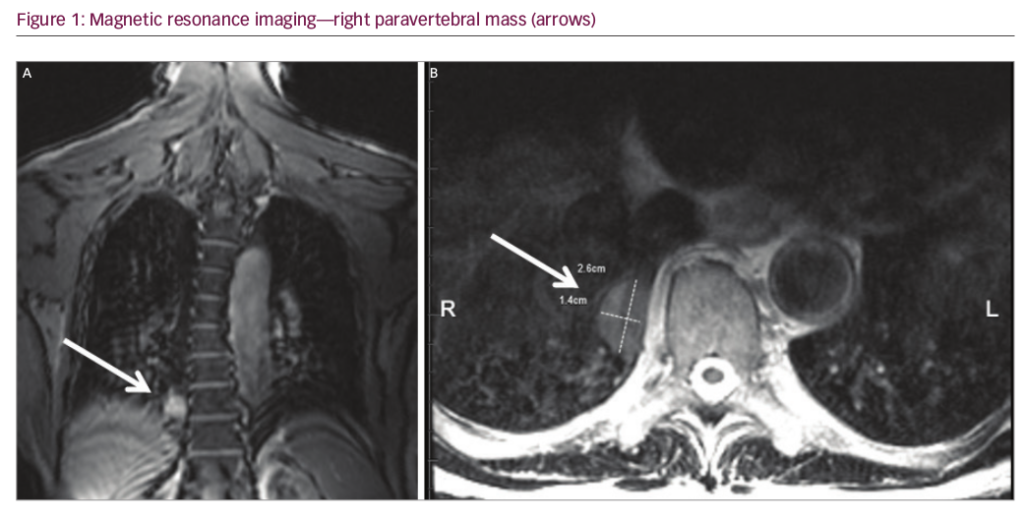Welcome to the latest edition of US Respiratory & Pulmonary Diseases, which aims to provide insightful and topical articles relevant to the everyday practice of busy physicians. COVID-19 continues to dominate headlines worldwide and is the focus of several of our articles. We begin with an expert interview in which Giorgio Canonica discusses the differences between symptoms of respiratory allergies and COVID-19, and how to support patients with allergies during the pandemic. Next, an editorial by Aoun-Bacha and Riachy, considers the impact of smoking and tobacco use on the risk of infection with the severe acute respiratory syndrome coronavirus 2 (SARS-CoV-2), as well as the prognosis and severity of COVID-19.
Chronic rhinosinusitis with nasal polyps (CRSwN) is a common condition associated with significant disease burden and poor quality of life. Hur and Kam review the efficacy and safety of dupilumab, the first biologic therapy to be approved for the treatment of patients with CRSwN.
Triple therapy comprising long-acting β2 agonists, long-acting muscarinic receptor antagonists, and inhaled corticosteroids have proven effective in the treatment of patients with chronic obstructive pulmonary disease (COPD) and asthma, but separate inhalers may lead to issues with compliance. Matera et al. review the available single-inhaler triple therapies for COPD, as well as those in clinical development for asthma, while considering the potential pitfalls of their use.
Patients with COVID-19 and type 2 diabetes have poor outcomes in the intensive care unit. Banerjee et al. review the pathological mechanisms underlying this association, as well as highlighting disparities in healthcare access in the USA, which lead to higher rates of type 2 diabetes in oppressed racial groups. I have a strong research interest in interstitial lung diseases (ILD), which is one of the major pulmonary manifestations of systemic sclerosis (SSc). In a review article, which I co-authored with Kulkarni and Haywood, we discuss the pathogenesis of SSc-ILD and the efficacy and safety of nintedanib, the first treatment to receive regulatory approval for SSc-ILD.
The aging process is associated with a number of structural and functional changes to the respiratory system. These can manifest as common symptoms, such as cough and dyspnea, resulting in misdiagnosis and inappropriate treatment. Arif and Pisani present a literature review focused on the challenges of the diagnosis and management of common pulmonary diseases in the older patient population.
Turning our focus to pediatric respiratory disorders, Bertoni and Isaiah review recent developments in physiological monitoring that could improve the diagnostic and screening strategies for pediatric obstructive sleep apnea, which is commonly seen in children and is associated with numerous detrimental effects.
Finally, Burton and Stenbit present a novel approach for decompression in a case of massive subcutaneous emphysema, which resulted in rapid improvement and reversal of a life-threatening condition.
US Respiratory & Pulmonary Diseases would like to thank our expert authors for providing insightful and thought-provoking articles. We are also grateful to all organizations and society partners for their ongoing support, as well as our editorial board for their continued involvement and advice. Finally, we hope you enjoy the festive season, and stay safe and well during these difficult times.
Anoop M Nambiar, MD, MS
Dr. Anoop M Nambiar is an Associate Professor of Medicine and founding director of the Center for Interstitial Lung Disease at the University of Texas Health San Antonio, TX, USA. Born and raised in New Jersey, he attended college at Rutgers University, medical school at the University of Medicine and Dentistry of New Jersey, and completed his internal medicine residency and pulmonary/ critical care fellowship at the University of Michigan in 2009. Following a locum tenens year in New Zealand, he joined the faculty at UT Health San Antonio in 2010. Over the past decade, Dr. Nambiar’s clinical and research efforts include: the first dedicated interstitial lung disease/idiopathic pulmonary fibrosis (ILD/IPF) clinic at UT Health San Antonio in 2011; development of a fortnightly multidisciplinary ILD/IPF conference in 2014; active past and present research program with involvement in a number of important multicenter investigator-initiated and industry-sponsored clinical trials; and community outreach as medical director of the San Antonio Pulmonary Fibrosis Support Group with a semi-annual “Free ILD Clinic,” the only one of its kind.





